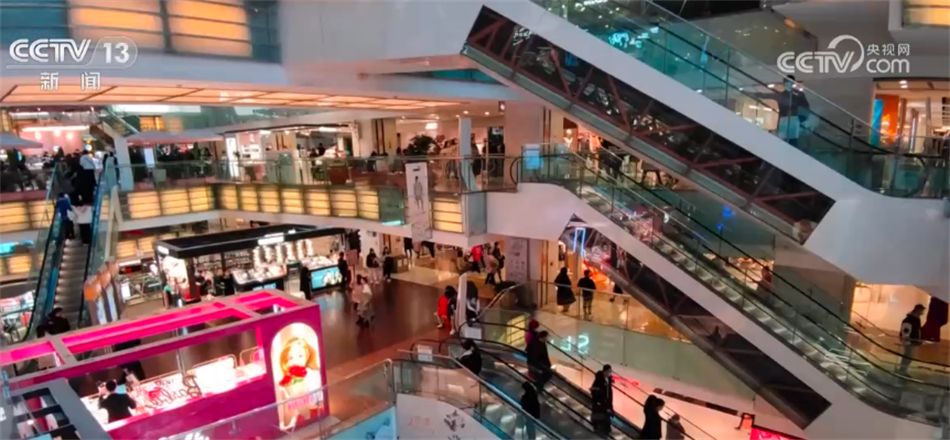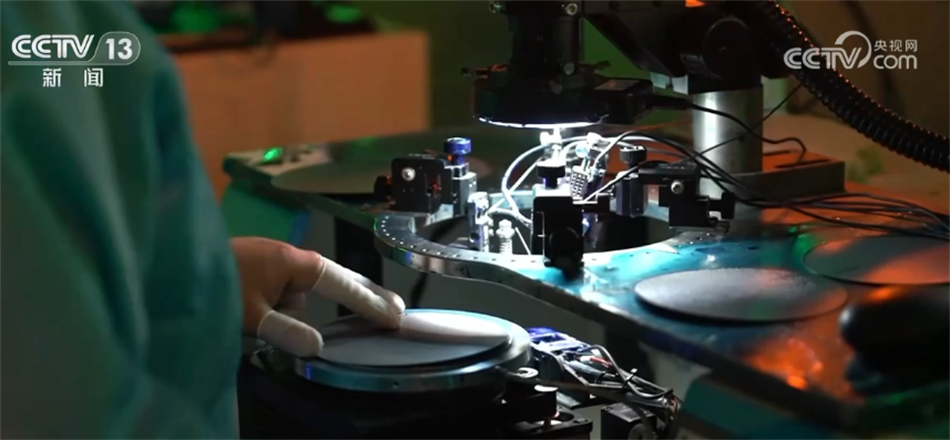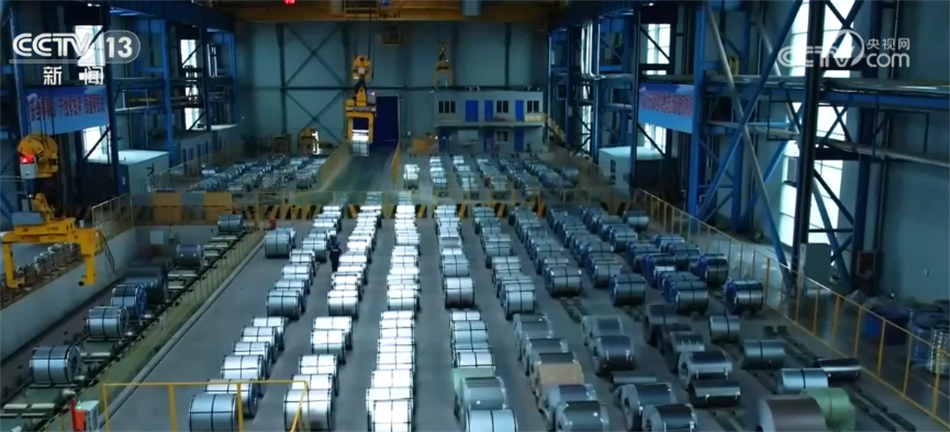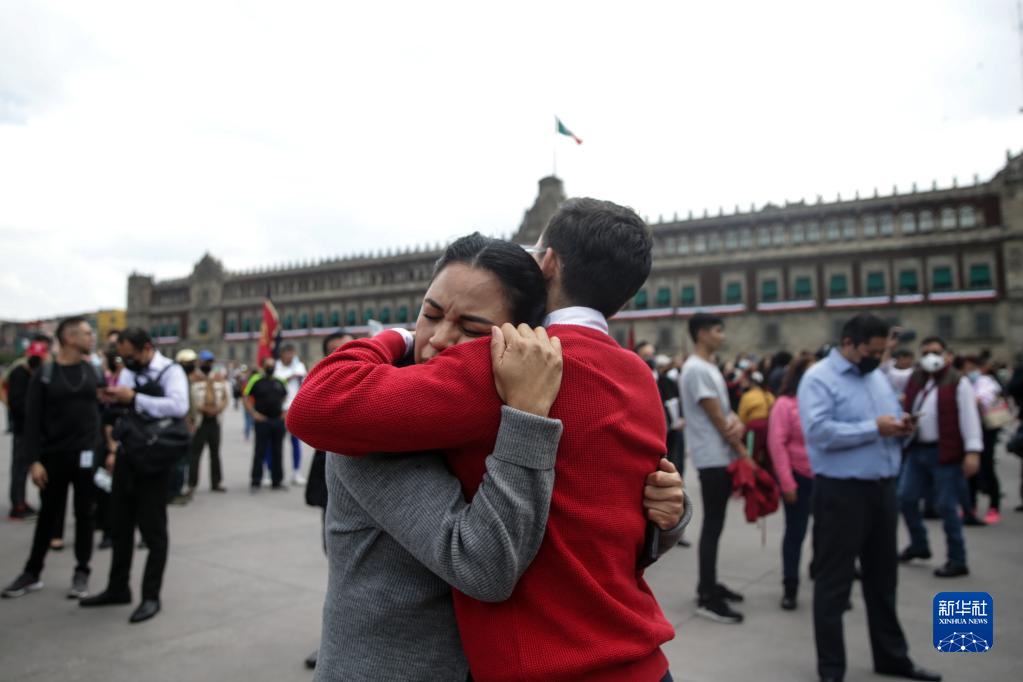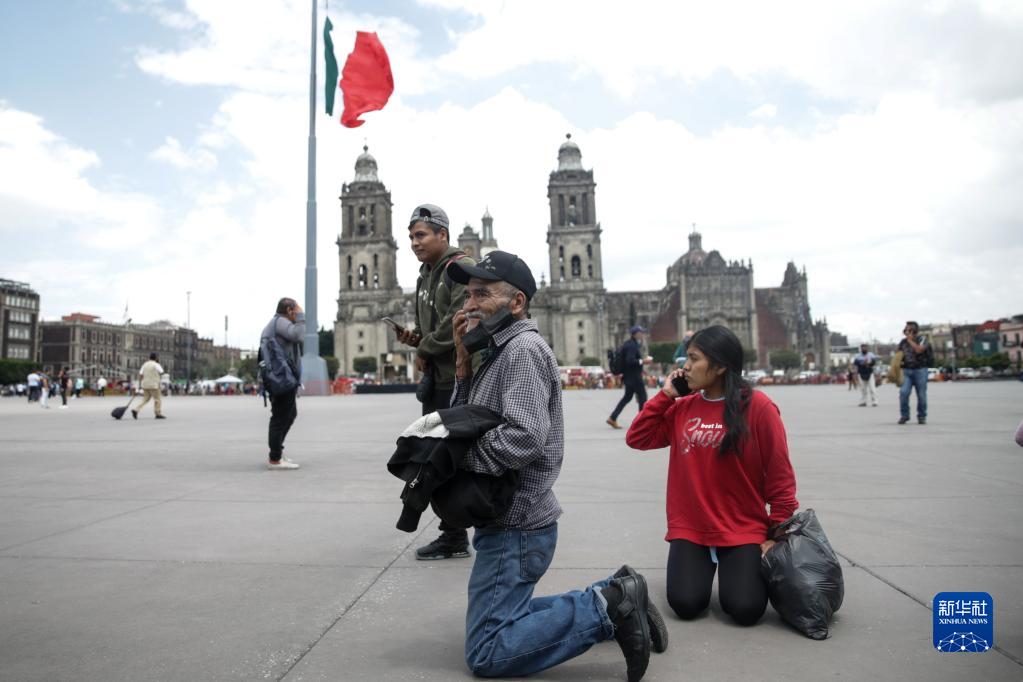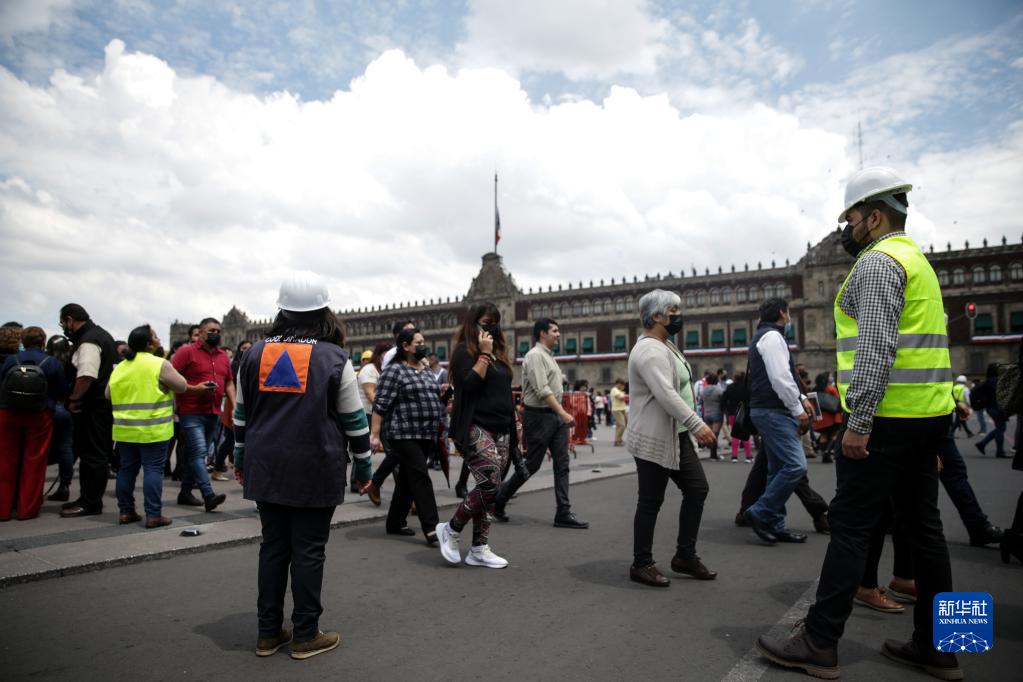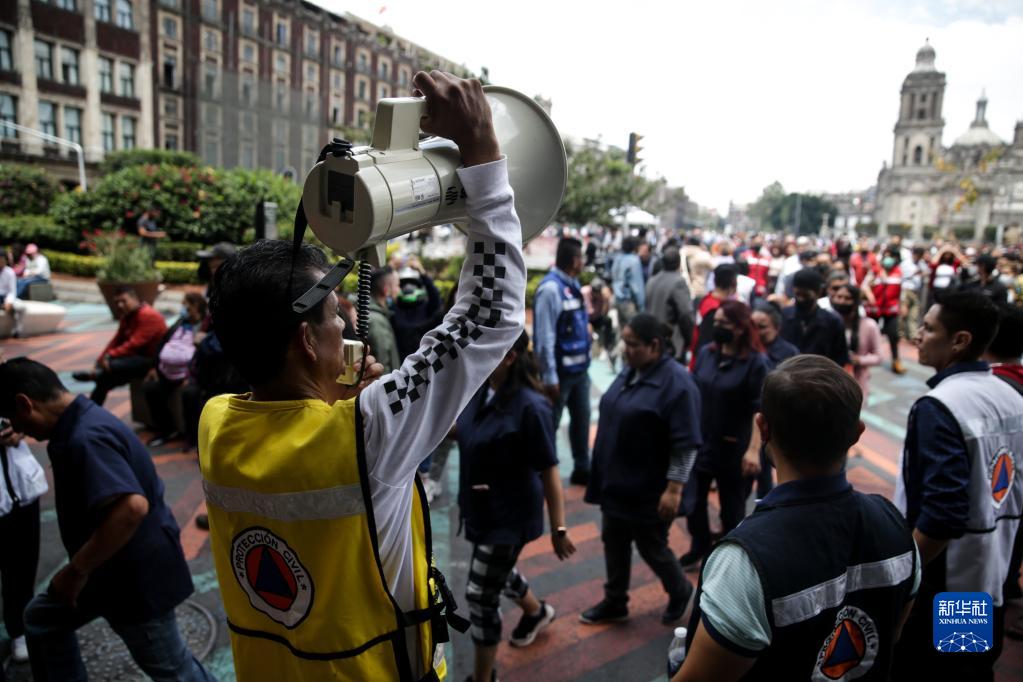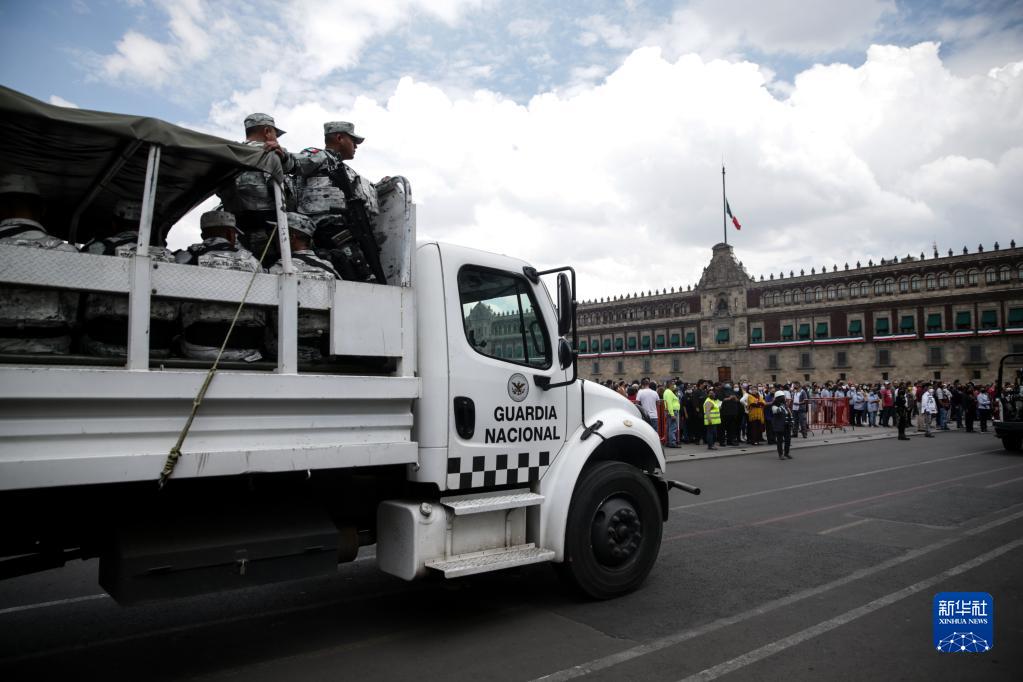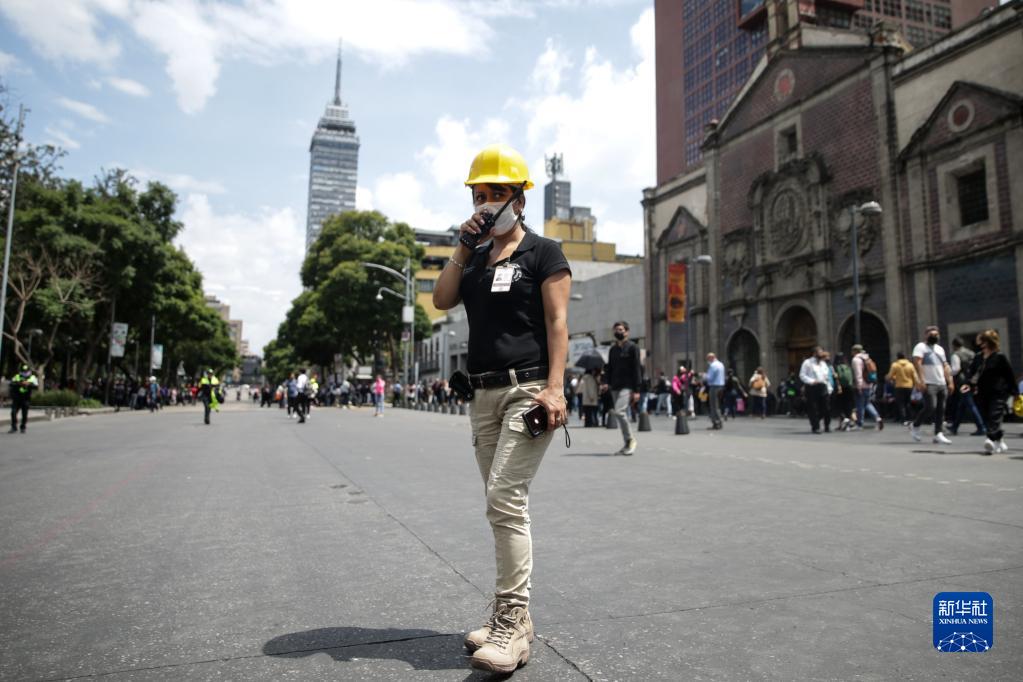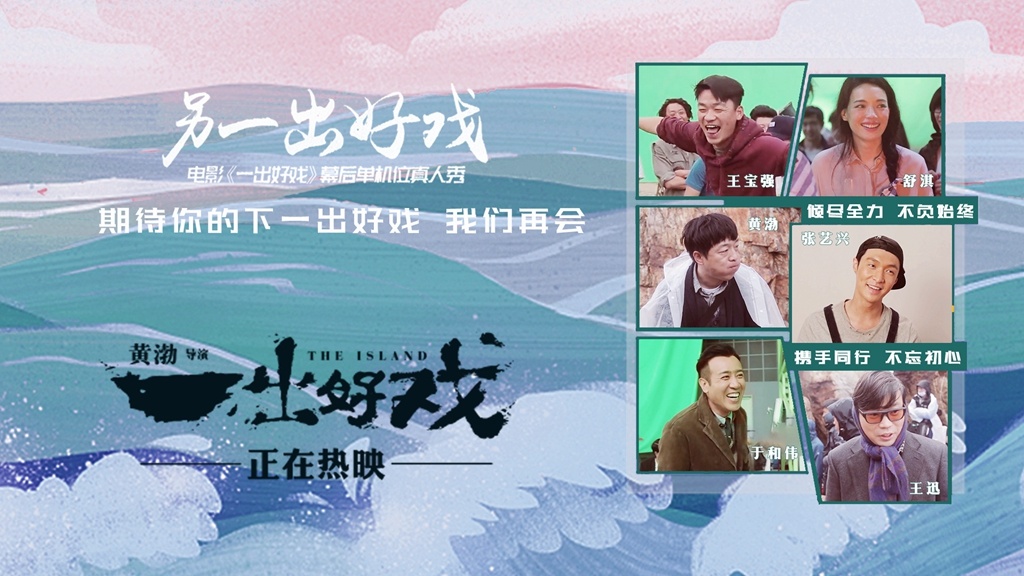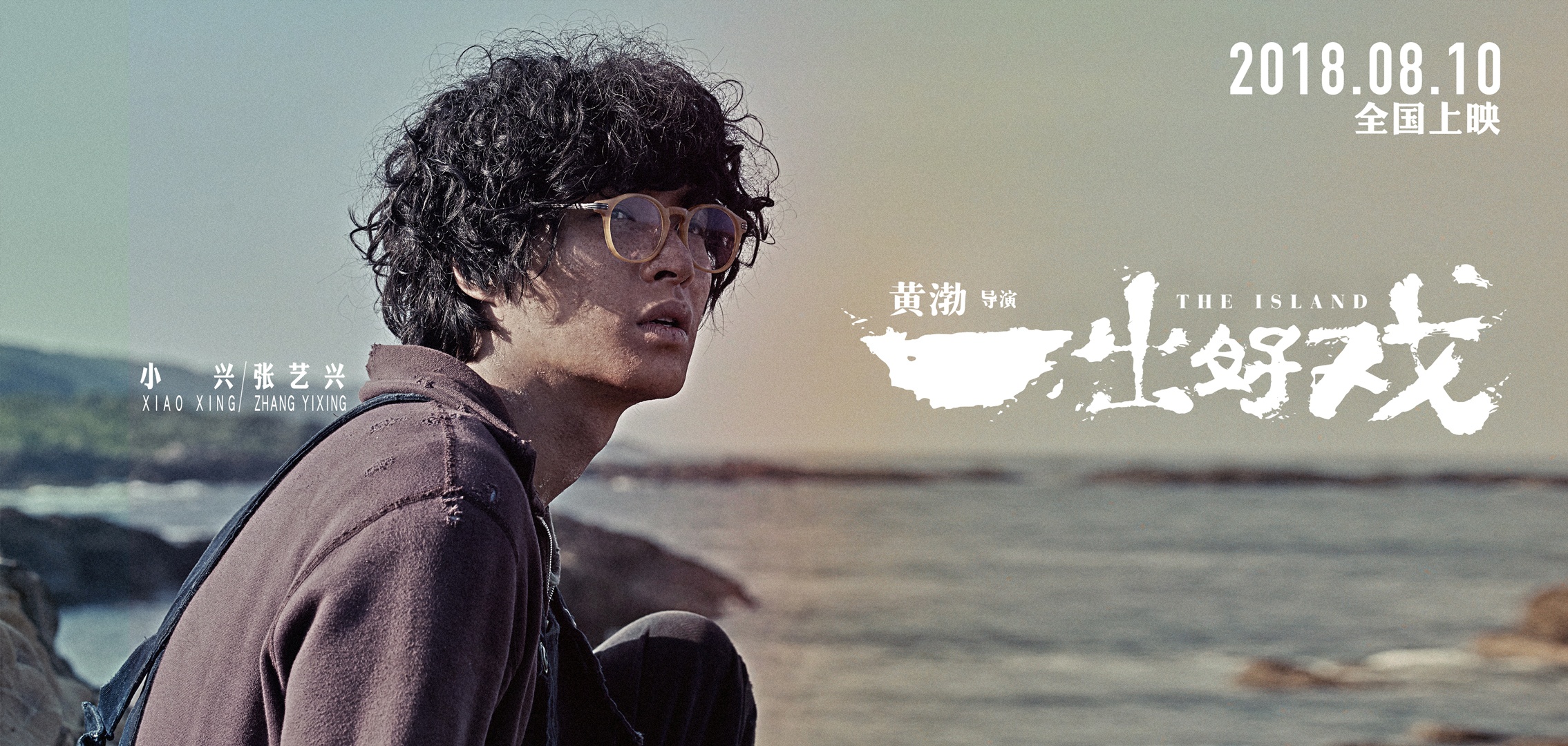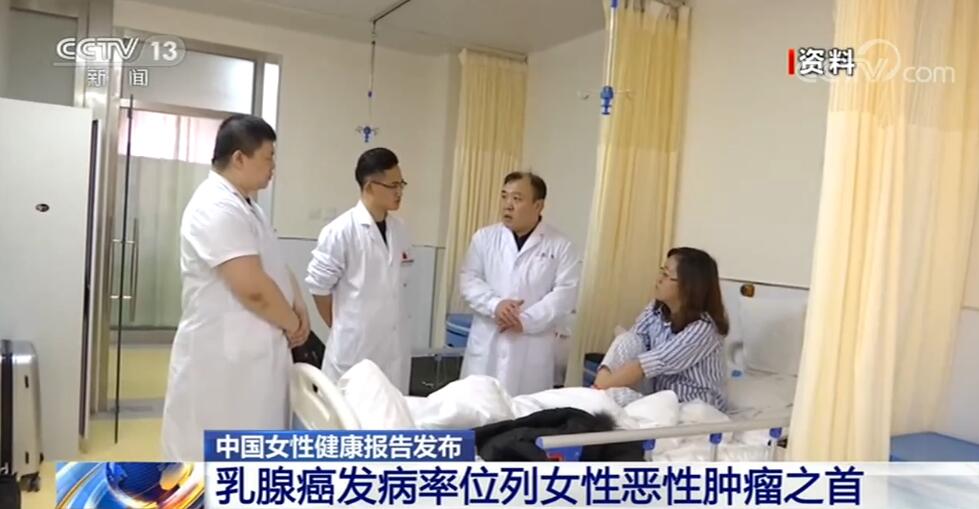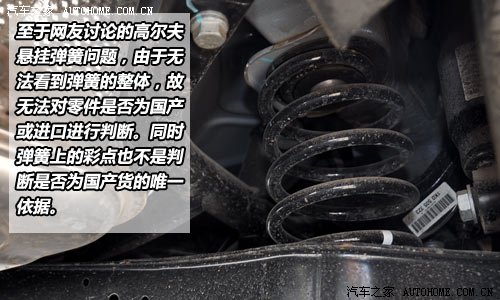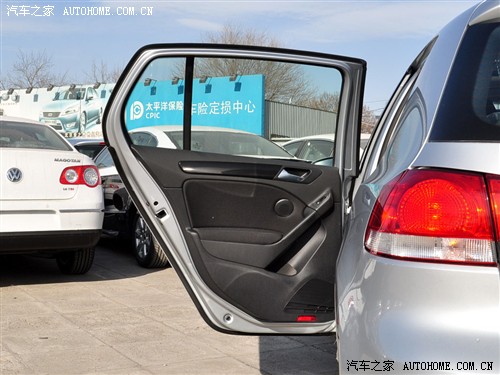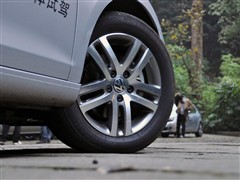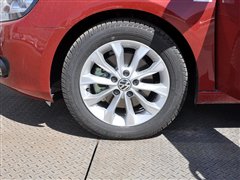Employers who abuse labor dispatch cannot escape the responsibility of employment.
According to the relevant person in charge of Ministry of Human Resources and Social Security, in the labor security supervision and law enforcement in 2009, it was found that the number of labor dispatched workers increased, and some employers evaded the responsibilities and obligations of employment, abused labor dispatch, and paid different wages for equal work.
At present, Ministry of Human Resources and Social Security is actively working with the State-owned Assets Supervision and Administration Commission, the All-China Federation of Trade Unions and other units to study relevant policies and measures to standardize the management of labor dispatch, and further standardize the rights and obligations of employers, labor dispatch companies and workers.
A large number of labor dispatch workers are detrimental to the rights and interests of workers.
In an interview with reporters recently, the person in charge of relevant departments in the National People’s Congress Standing Committee (NPCSC) said that the Labor Contract Law clearly defines the restrictive attitude towards the employment form of labor dispatch. As a flexible employment mechanism, labor dispatch has its advantages, but in any country, labor dispatch is an auxiliary employment form, not a mainstream form.
"As a new employment method, labor dispatch has played a certain role in meeting the flexible employment needs of employers and solving the’ friction unemployment’ caused by information asymmetry, but it has also caused problems such as different pay for the same work, unpaid or unpaid social insurance premiums between the dispatched workers and their enterprises, which has damaged the legitimate rights and interests of the dispatched workers to some extent." The person in charge of Ministry of Human Resources and Social Security said.
Wang Zhifu (a pseudonym) is a labor dispatcher of a county telecommunication bureau in Linxia Hui Autonomous Prefecture, Gansu Province. At the age of 50, he entered the unit as a farmer contract worker in 1983 to do line maintenance work, and now his monthly salary is 500 yuan.
"Regular workers with similar working age can get more than 2,000." Although it is not the same job as others, Wang Zhifu still feels that wages are rising too slowly. "Our work is very hard and we run outside almost every day. Now, I want a bowl of 8 yuan money for fried noodles. This money is even very reluctant to eat at ordinary times. "
In the interview, the reporter learned that it is difficult to protect the rights and interests of labor dispatch workers. Compared with different pay for equal work, work-related injuries are more harmful to them. Labor dispatch workers who suffer work-related injuries are often pushed by employers to labor dispatch companies, which are generally in other places, and many of them have not taken out work-related injury insurance for their employees at all, so it is difficult for workers to get compensation for work-related injuries.
The labor contract law clearly restricts the dispatch of labor.
The reporter learned that the labor contract law clearly restricts the employment of labor dispatch and stipulates the scope of application of labor dispatch, that is, it is generally implemented in temporary, auxiliary or alternative jobs. In addition, it also stipulates that the dispatched workers have the right to equal pay for equal work with the workers of the employing units. Employers are required to implement national labor standards, provide corresponding working conditions and labor protection, pay overtime and performance bonuses, and provide relevant welfare benefits. For those who continue to employ, a normal wage adjustment mechanism should be implemented. Importantly, the law also stipulates that the labor dispatch unit shall not deduct the labor remuneration paid by the employing unit to the dispatched workers according to the labor dispatch agreement.
"These regulations restrict employers and labor dispatch units, protect the rights and interests of dispatched workers, and greatly reduce the profit space of labor dispatch companies." Wang Xiangqian, director of the Labor Law Teaching and Research Section of China Institute of Labor Relations, said that the irrational prosperity of the current labor dispatch workers is that employers are unwilling to establish normal labor relations with workers out of misunderstanding of the labor contract law, and labor dispatch has become a way for employers to evade the regulation of the labor contract law.
Wang Xiangqian explained that the most serious misunderstanding is the misunderstanding of the open-ended labor contract stipulated in the Labor Contract Law by the employer. Many employers believe that an open-ended labor contract with employees cannot be terminated, and even unqualified workers cannot be eliminated, thus affecting their employment autonomy.
"This is a major misunderstanding. First of all, non-fixed-term labor contracts can be terminated, and as long as the employer has normal needs, it can terminate some non-fixed-term labor contracts. Not only can it be terminated, but the Labor Contract Law has also greatly relaxed the conditions for the employer to terminate the labor contract. " For example, Wang Xiangqian said that the Labor Contract Law stipulates that the objective conditions on which the labor contract was concluded have changed greatly, which makes it impossible to perform the labor contract. If the employer and the employee fail to reach an agreement on changing the contents of the labor contract through consultation, the employer can terminate it. For example, if the original business is not profitable and there are no jobs, the original contract can be cancelled.
The labor contract law also stipulates various situations in which enterprises can make economic layoffs, while others, such as serious employees, appear.
In case of fault or part-time job, the labor contract can also be terminated. In the regulations for the implementation of the Labor Contract Law, there are 14 cases in which the employer can terminate the labor contract with the employee.
Labor dispatch can’t avoid the responsibility that enterprises should bear.
Liu Jinying is a labor dispatch worker. In December, 2009, she had a labor dispute with a property management company in Beijing, and filed an arbitration, demanding that the property management company and the labor dispatch company bear joint liability. During the arbitration, the three parties reached a settlement agreement, and the two companies paid Liu Jinying 17,000 yuan in one lump sum.
The labor contract law and the implementation regulations of the labor contract law clearly stipulate that if the labor dispatching unit or the employing unit causes damage to the dispatched employees, it shall bear joint liability.
"Before the implementation of the Labor Contract Law, the employer used labor dispatch to avoid the employment responsibility that should be borne by the laborer, and the joint and several liability stipulated that the employer could not completely get rid of the responsibility to the laborer by using this method, and the dispatched employee could claim rights from either party." Tong Lihua, director of Beijing Zhicheng Legal Aid and Research Center for Migrant Workers, told the reporter that after the implementation of the new law, among the 18 aid cases involving labor dispatch, 6 cases were jointly and severally liable for compensation by labor dispatch units and employers.
"Employers mistakenly believe that the use of labor dispatch workers can avoid the obligations stipulated in the labor law and reduce the cost of labor. The joint and several liability employers stipulated by law can not only avoid the employment responsibility, but also increase the employment risk and increase the employment cost due to the integrity of the labor dispatch company. " Wang Xiangqian said that, for example, the labor dispatch company escaped with unpaid wages. Although the employer has already paid the salary, the employer may have to pay the salary again as long as the laborer asks the employer to bear joint and several liabilities.
Relevant judicial interpretations and regulations are being formulated and revised.
Many experts and practitioners have pointed out that although the Labor Contract Law restricts the scope of employment of labor dispatch to temporary, auxiliary or alternative posts, the definition of "three natures" has not been defined, and it has not been explained whether the labor dispatch post must meet all three natures or only one of them. This is a big reason why many employers can use labor dispatch to exploit legal loopholes.
In addition to the need to clarify the "three natures" issue, the Labor Contract Law stipulates that "labor dispatch is generally carried out in temporary, auxiliary or alternative jobs", and the "general" has also become the reason for employers to take advantage of legal loopholes. "In principle, the law stipulates that these three positions are applicable to labor dispatch, and special positions should be defined by law, not by employers." Wang Xiangqian explained that the law should be more detailed and clear, which is more conducive to law enforcement departments to investigate and deal with units that illegally use labor services to dispatch workers.
It is understood that the Supreme People’s Court is currently formulating a judicial interpretation of the labor contract law, and Ministry of Human Resources and Social Security is also stepping up the revision and promulgation of labor dispatch regulations. The problem of illegal use of labor dispatch is expected to be solved.
